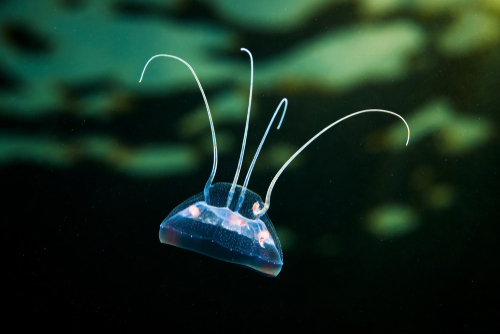Biological Robots
Progress has an uncanny way of sounding like a science fiction movie. Never more so when it comes to the development of robots, particularly ones which can interact with humans, as well as look and move like humans. But the idea that a robot could potentially be actually “made from” living human cells has taken a giant leap forward by a team of scientists recently.
In a study, scientists have shown that tiny engineered robots made from human cells, called Anthrobots, can help heal wounds and treat disease, and had even managed to regrow damaged neurons.

This might sound extraordinary, but so far the Anthrobots have only managed to achieve this inside a petri dish in a laboratory, rather than inside a living human being. But, it’s a giant leap forward for human/robot augmentation and creating a human with improved healing capabilities.
Researchers used the cells from an adult human trachea. The arrangement of these cells appears to be ideal for forming multi-cellular growths. In the laboratory the cells were encouraged to form these growths, called organoids, with hairy filaments facing outside. Using the filaments the growths were able to successfully move around. Not only was movement observed, but so was growth.
“Anthrobots self-assemble in the lab dish,” explained co-author Gizem Gumuskaya, a synthetic biologist at Tufts University.
Previous research by some of the same team took stem cells from frogs to create the first biological robot called a Xenobot. But this new version uses regular human cells, which ultimately reduces the risk of a host body identifying the Anthrobot as foreign tissue and rejecting it. “Unlike Xenobots, Anthrobots don’t require tweezers or scalpels to give them shape, and we can use adult cells — even cells from elderly patients — instead of embryonic cells,” added Gumuskaya.
“Some people thought that the features of the Xenobots relied a lot on the fact that they are embryonic and amphibian,” explained co-author Michael Levin. “I think this is a much more general property of living things.”

To test the new Anthrobots the team took human neurons and made small incisions in them to replicate a wound or damage. Clusters of Anthrobots were then placed near to the neurons and incredibly they were seen to be helping the neurons to regrow without any genetic engineering or programming. So far the research team is unsure why they do this, but have speculated that there is some form of communication between the cells and that the cells have a natural programming that instructs them to perform biological functions.
At the moment the Anthrobots can only survive in the lab and biodegrade within 60 days. They also can’t reproduce and spread uncontrollably. However, the hope one day, is to successfully transplant these Anthrobots into a human body, opening the door for a new form of medical treatment, and possibly a new variation of the human race.



